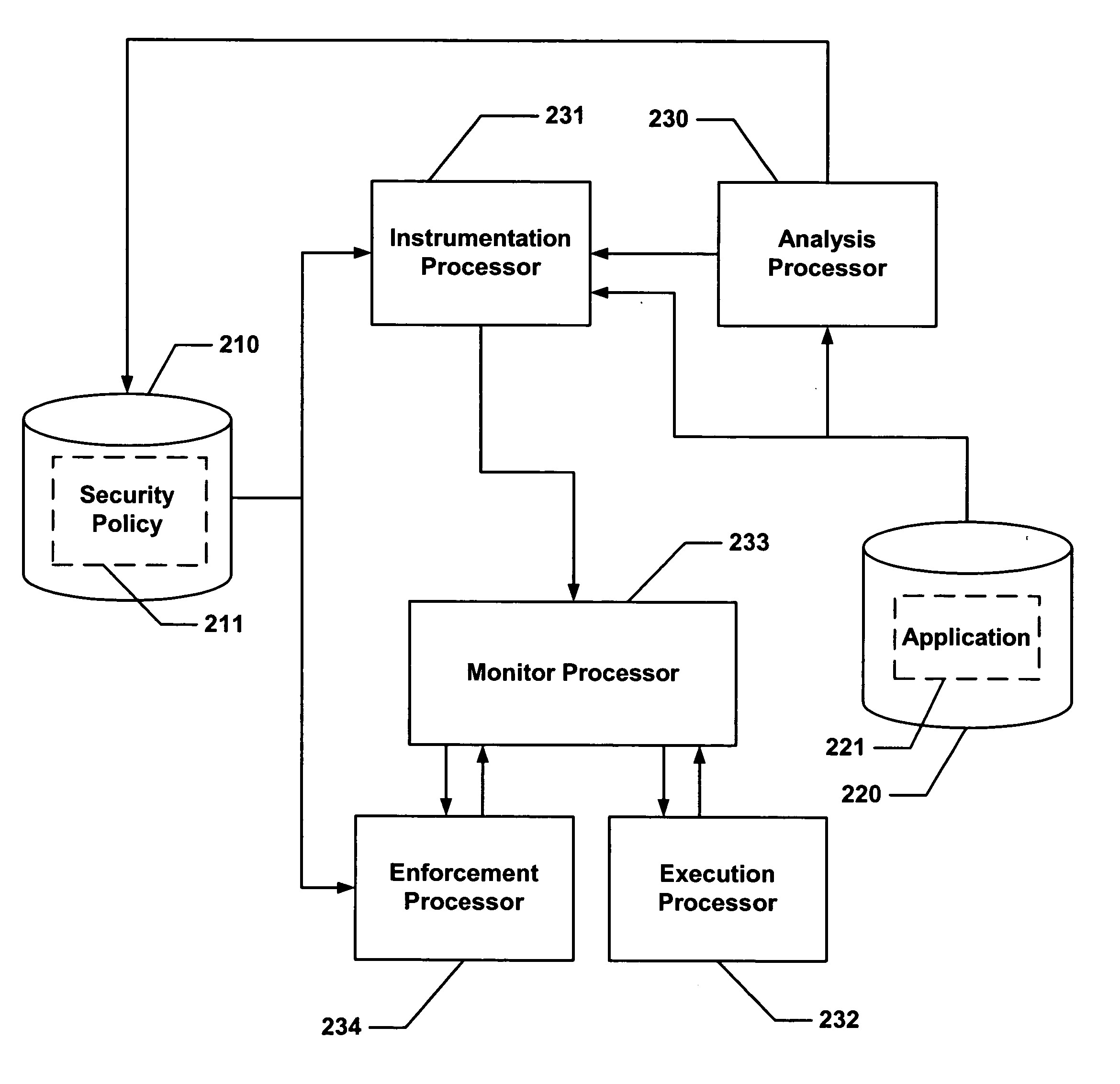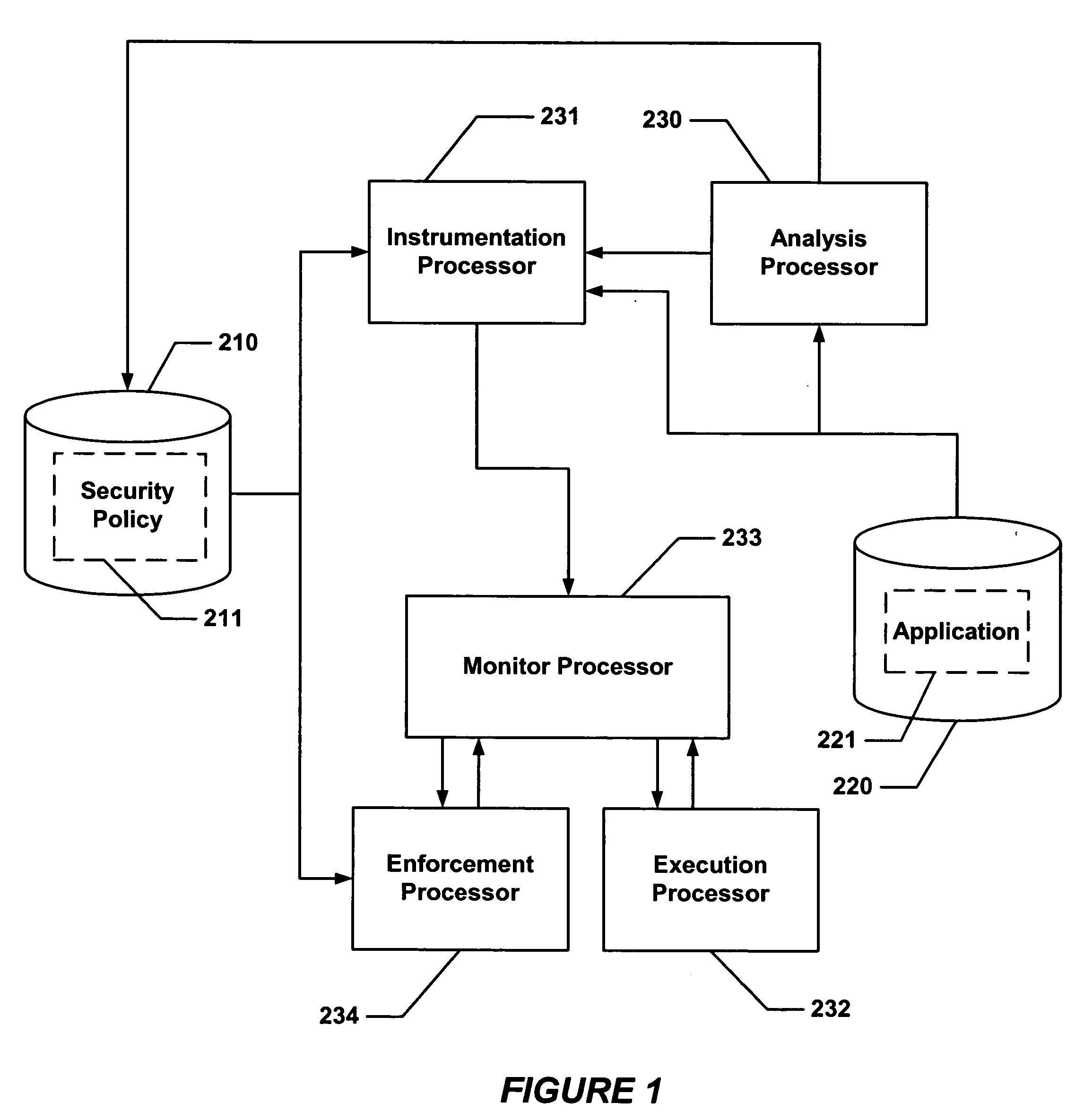Remote exploitation of program vulnerabilities poses a very serious
threat to modern information infrastructures.
These susceptible computers are exploited by rapid, automatic, self-propagating programs, or worms, that
gain control over a large number of them.
These vulnerabilities allow an
attack to send malformed data from a remote host that will result in an
insertion of data or modification of certain memory locations in the
address space of the program.
This can lead to self propagation of the worm and infection of other computers, and destruction or disclosure of the information on the
local machine.
Although known exploits can be stopped using signatures, that does not stop previously unknown or "zero day" attacks.
It is very difficult to prevent all exploits that allow address overwrites, as they are as varied as program bugs themselves.
Furthermore, there are no effective techniques that can stop malevolent writes to memory containing program addresses in arbitrary programs, because addresses are stored in many different places and are legitimately manipulated by the application,
compiler,
linker and
loader.
Such a coarse-grained approach cannot accurately monitor improper control transfers of the above type and are known to produce many false positives.
In short, they violate the
execution model followed by legitimate program runs.
A program's
execution model is invariably narrower than that imposed by the underlying hardware, because there is typically no efficient way in hardware to require that the specific rules of this
execution model be adhered to.
Sandboxing without this guarantee can never provide true security - - - if an
attack can
gain control of the execution, it can jump straight to the sandboxed operation, bypassing the checks.
This provides an intrusion detection capability, but does not prevent the intrusion from succeeding.
However, there is no guarantee that a program will keep working normally after such an action.
Furthermore, in a few programs there are exceptional circumstances that lead to violations of even the most general rules.
Thus, there are tradeoffs between program freedom and security: if rules are too strict, many false alarms will result when there is no actual intrusion.
However, this
executable file has no program shepherding-specific information.
If the write was to a page in ROPL at (423), the
system implements a simplified policy that does not support writing to code pages, in which later use of code on such a page will result in a policy violation at (416) in FIG. 10.
After this there is no longer any guarantee that the code on that page is unmodified.
This is a necessary requirement for validity, but in general it is not sufficient.
Otherwise, it signals a policy violation.
If so, it modifies the
system call at (600) so it will return an error at runtime if this code is executed.
Even the lowest level, the ABI, is not efficiently enforceable.
The underlying hardware has no support for ensuring that calls and returns match, and it is prohibitively expensive to implement this in
software.
However, most security exploits come from violations of the execution model.
Because of its location near user data, this saved return value on the stack is vulnerable to improper modification.
If not, there is a security violation.
Unfortunately, storing a 32-bit value is much less efficient.
If they are not the same, there is a security violation.
If they are not the same, there is a security violation.
Context-insensitive policies make an attacker's life much more difficult, narrowing potential attack targets from any instruction in the program to a small handful.
The space drawback of this scheme is minor as equivalent target sets can be shared, and furthermore, the hash tables can be precomputed to be kept quite small without increase in
access time.
However, it is prone to false positives unless profiling runs have very high
code coverage.
 Login to View More
Login to View More  Login to View More
Login to View More 


